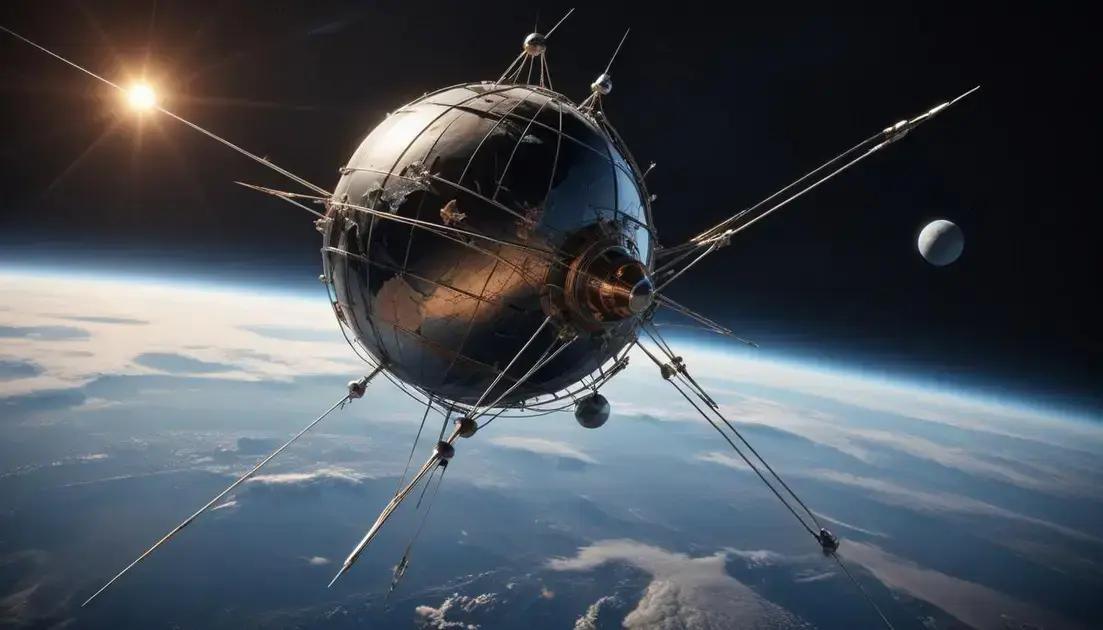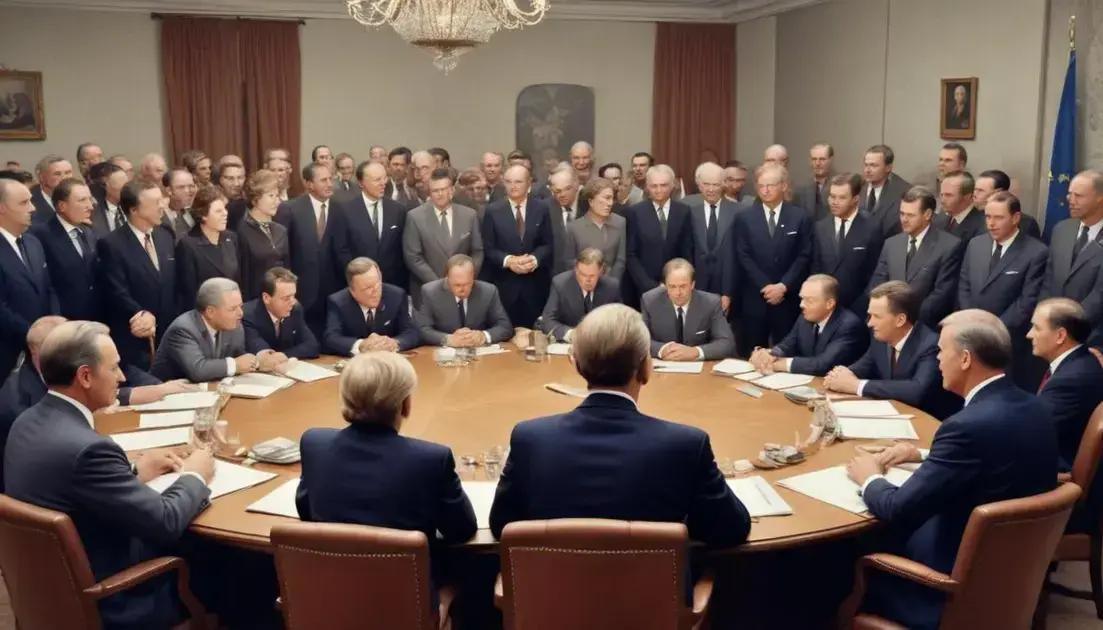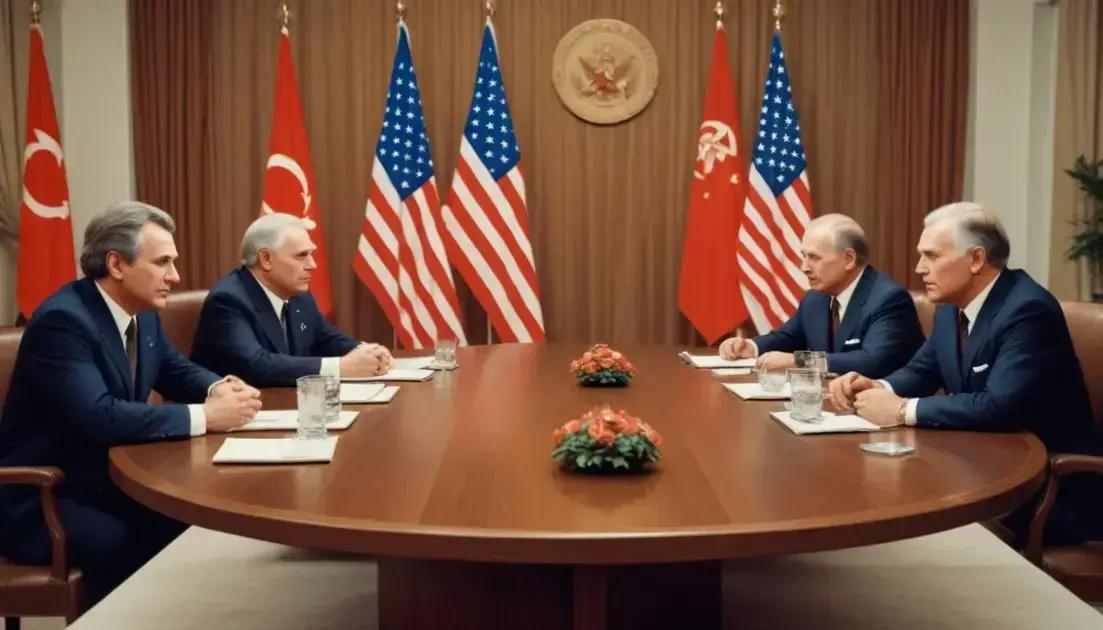
Sputnik: The Satellite That Started the Space Age
The launch of Sputnik in 1957 marked the beginning of the Space Age, triggering significant technological advancements and inspiring generations. Its impact on the Cold War intensified the rivalry between the U.S. and the USSR, leading to increased investment in science and education. Innovations in rocketry, satellite communication, and computer technology emerged from this era, shaping modern conveniences we use today. The legacy of the Space Age continues to influence global cooperation and encourage future exploration, reminding us of the endless possibilities in science and exploration.
Sputnik was not just a satellite—it was a boundary breaker that kicked off the modern Space Age. Ever wondered how it all began? Let’s dive in!
The Birth of Sputnik
The Birth of Sputnik was a landmark moment in history. Launched on October 4, 1957, it was the first artificial satellite to orbit the Earth. This event marked the beginning of the Space Age. The Soviet Union, which created Sputnik, showcased its technological capabilities during the Cold War.
Many people were shocked and fascinated by this achievement. Sputnik was about the size of a beach ball. Weighing approximately 184 pounds, it sent out beeping signals that could be heard on Earth. This sound, known as the “beep beep,” was a symbol of a new era.
The launch of Sputnik had a big impact around the world. Schools began to teach more about science and space. This launched a race to explore outer space, with America eager to catch up. The excitement inspired many young minds to dream about becoming scientists and astronauts.
After its launch, Sputnik orbited the Earth every 96 minutes. People all over the world would look up at the night sky and think about what it meant. Each pass of Sputnik over their homes brought amazement and curiosity.
In response, the United States created NASA, the National Aeronautics and Space Administration. This organization aimed to lead space exploration efforts. The race to explore space was on, thanks to Sputnik.
The Impact on the Cold War
The Impact on the Cold War was profound after the launch of Sputnik. The satellite changed how nations viewed each other. It intensified the rivalry between the United States and the Soviet Union. With Sputnik, the USSR showed it could lead in technology and space.
This satellite launch was more than a scientific achievement. It stirred fear in America. Many believed that if the USSR could send a satellite into space, it could also launch missiles. This fear led to increased military spending in the U.S. to enhance national security.
Schools reacted quickly. They introduced new science programs to inspire young people. The goal was to prepare more engineers and scientists. The famous phrase “We need to catch up!” became popular as a rallying cry.
In response to the fear, America launched its own satellite, Explorer 1, in 1958. This marked the start of the U.S. space program. The competition continued to grow, leading to many important events in space exploration not just between the two nations.
Some believe that the tension led to advances in technology. The space race pushed for progress in many areas. Innovations in computers, communications, and even everyday products came out of this rivalry. The Cold War, sparked by events like Sputnik, reshaped global relations and inspired new ideas.
Technological Advancements Post-Sputnik
Technological Advancements Post-Sputnik were significant and far-reaching. After the launch of Sputnik, both the U.S. and the USSR invested heavily in science and technology. This led to a boom in new inventions and ideas. Many people wanted to be part of the exciting space race.
One major area of growth was in rocketry. Scientists developed better rockets to launch heavier payloads into space. These improvements made space exploration more feasible. The technology they created helped with everything from satellites to human spaceflight.
In education, schools began to talk more about science. The “Sputnik shock” inspired more students to study math and science. Programs arose to encourage innovative thinking. Students imagined futures filled with incredible discoveries.
Another vital advancement was in computer technology. Computers started becoming more powerful and accessible. They played a critical role in calculations needed for space missions. This paved the way for modern computing as we know it today.
Communications also saw a big boost. Satellites launched after Sputnik improved international communication. Live broadcasts became possible, connecting people around the world. The quality of television and radio transmissions improved as a result.
Even everyday technology benefited. Many items we use today, like GPS systems, trace their roots back to space research. The effects of Sputnik reached far beyond just space. It sparked a desire for knowledge and innovation that shaped our future.
Legacy of the Space Age
Legacy of the Space Age is a fascinating story. It began with the launch of Sputnik and changed our world forever. The Space Age sparked a wave of exploration and discovery. Not only did it lead to trips to the moon, but it also changed technology.
One major impact is how we understand our planet. Satellites have given us a clearer view of Earth. They help monitor weather, track climate changes, and provide communication. Without the Space Age, we wouldn’t have the same tools to look at our environment.
The Space Age also inspired generations. It made many dream of being astronauts and scientists. Young people began studying hard to pursue careers in STEM fields—science, technology, engineering, and math. This passion for learning has fueled countless innovations.
This era also led to international cooperation. Countries began working together on space missions. The International Space Station is a prime example of this teamwork. It shows how nations can come together for a common goal.
In daily life, many modern conveniences trace their roots back to space technology. Gadgets like GPS and weather forecasting tools have their origins in space exploration. These advancements are now part of our everyday lives.
The legacy of the Space Age shows us that exploration can lead to amazing outcomes. It reminds us to keep looking toward the stars and asking questions. The journey has just begun, and new frontiers await.
Conclusion
In conclusion, the legacy of the Space Age reminds us of the incredible possibilities that come from exploration and innovation. The launch of Sputnik sparked a journey that transformed technology, inspired generations, and changed our daily lives. From improved satellite communication to advances in science and education, the impacts are far-reaching.
As we look to the future, we carry the lessons learned from the Space Age. Collaboration among nations will continue to be key in tackling global challenges. Encouraging curiosity and learning in science and technology will help future generations explore new frontiers.
So, let’s keep dreaming big and reaching for the stars. The journey of exploration is ongoing, and the possibilities are endless for what we can achieve together.


